11 Nostalgic ’90s Trends That Haven’t Remained as Stylish
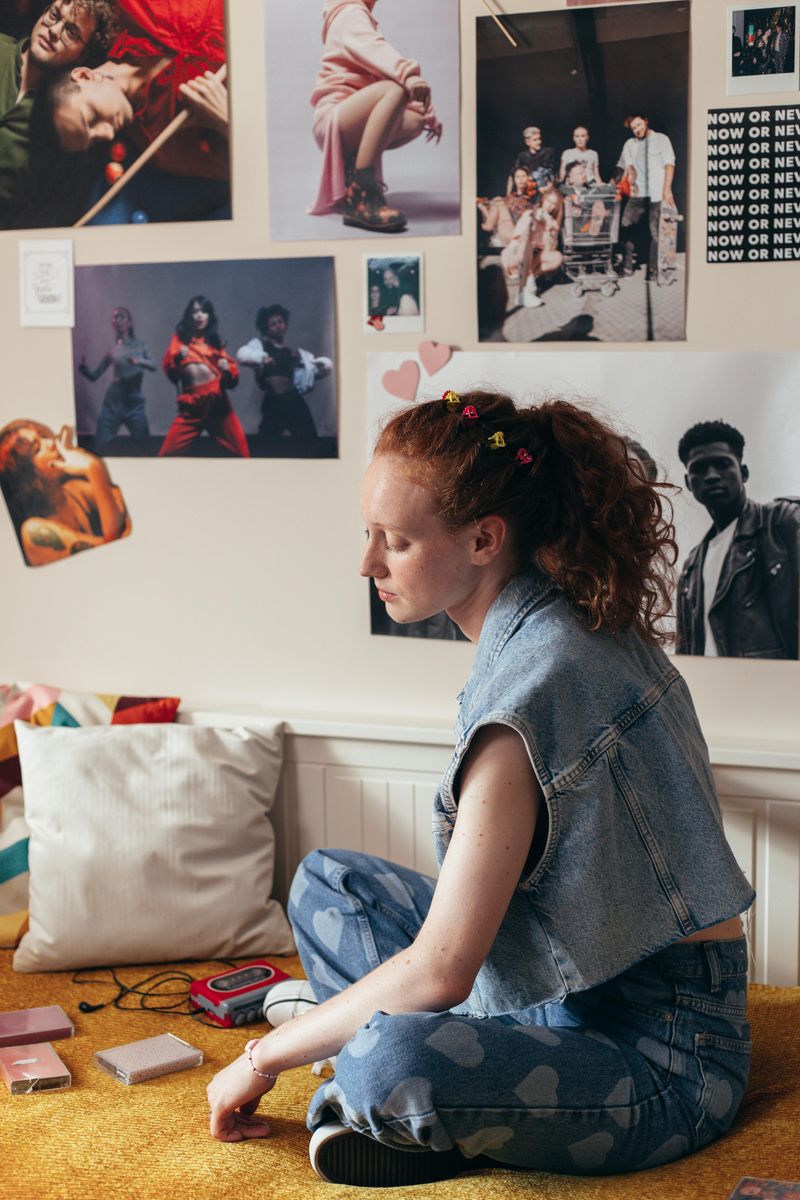
The 1990s gave us some truly unforgettable fashion statements that seemed revolutionary at the time. While some ’90s trends have made impressive comebacks (hello, scrunchies and mom jeans), others remain firmly trapped in that bygone era—serving better as Halloween costume inspiration than actual style choices today.
1. JNCO Jeans
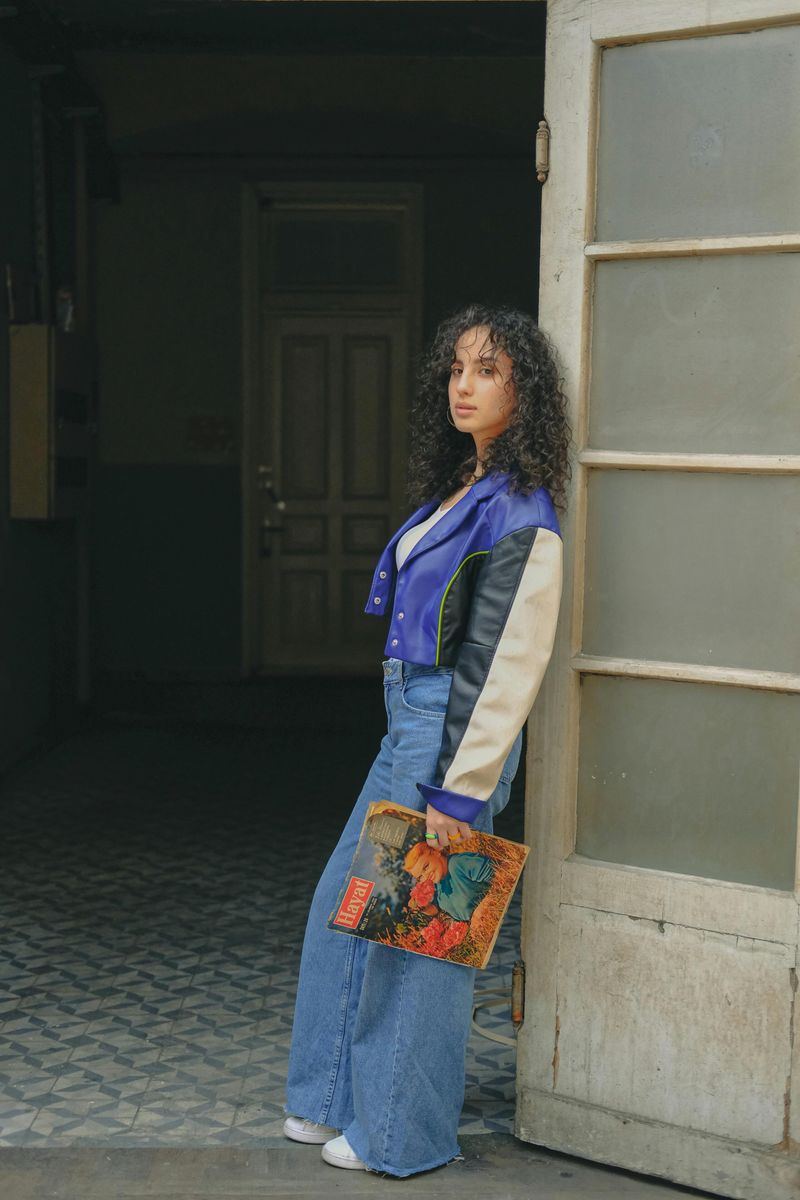
Those massive denim tubes you could practically camp inside were once the epitome of rebellious cool. JNCO jeans weren’t just pants—they were a lifestyle statement with leg openings wide enough to fit a small child inside each one.
The extreme width made simple tasks like climbing stairs a potential hazard, with many wearers sporting frayed hems from constantly walking on their own pants. Despite their impracticality, these jeans commanded premium prices and created a distinctive silhouette that screamed ’90s counterculture.
While skinny jeans have had their moment and looser fits are returning, nothing approaches the cartoonish proportions of JNCOs, which now look more like denim costumes than fashion-forward choices.
2. Frosted Tips
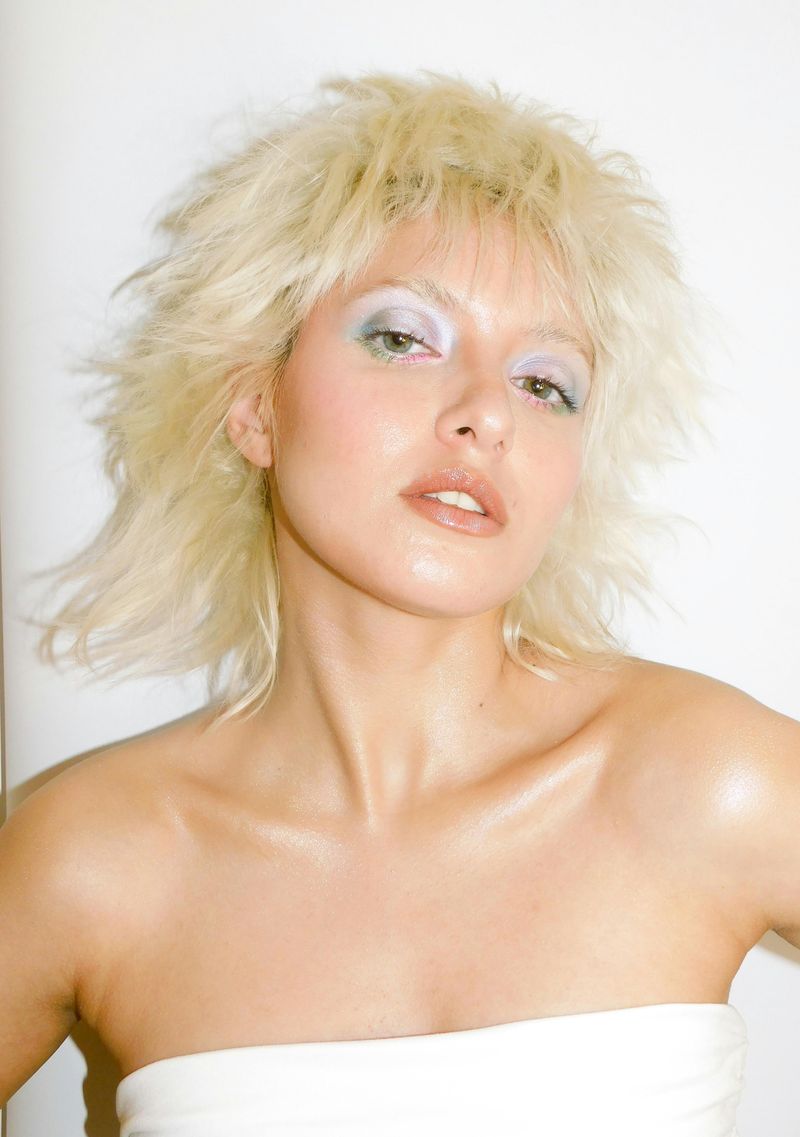
Guy Fieri wasn’t the only one—every boy band member and high school heartthrob seemed to sport this distinctive hair disaster. The look involved bleaching just the very ends of short, spiky hair to create a contrasting frost-like effect against natural darker hair.
Achieving this look required serious commitment: bleach kits, pointy styling gel, and hours spent meticulously spiking each section skyward. The maintenance was relentless, with roots needing constant touch-ups and enough hair gel to deplete the ozone layer single-handedly.
Today, the frosted tips hairstyle immediately timestamps a photo to the ’90s more accurately than any calendar could. Modern men’s hair trends have mercifully evolved toward more natural textures and less chemical intervention.
3. Chain Wallets
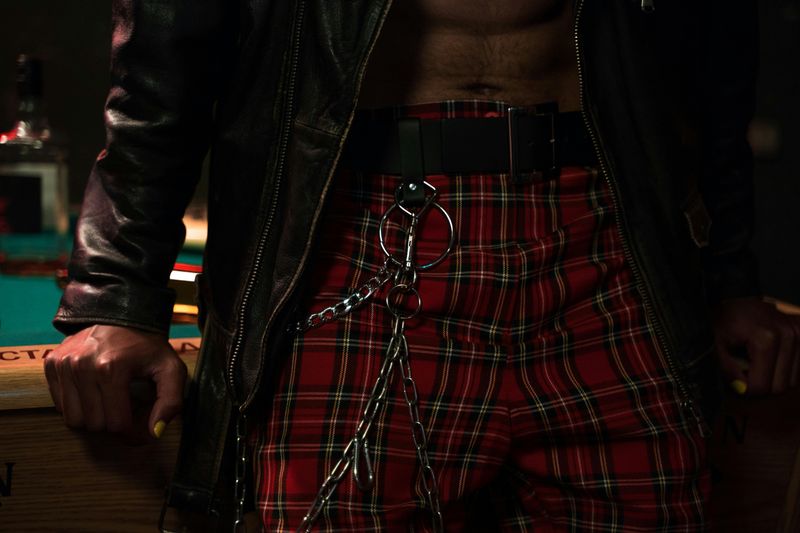
Part security device, part fashion statement, the chain wallet dangled from countless belt loops throughout the decade. The metal chain connected your pocket to your most precious possession—a velcro wallet likely containing your allowance and a Sam Goody gift card.
Skateboarders, punk rockers, and mall-dwelling teens embraced this trend with equal enthusiasm. The constant jingling announced your presence before you entered a room, while the weight of the chain created a distinctive swagger in your walk.
Beyond being noisy and occasionally catching on door handles, chain wallets now read as unnecessary accessories in an age of digital payments and slimmer silhouettes. The bulky pocket bulge and dangling metal appendage look comically dated compared to today’s minimalist card holders.
4. Butterfly Clips
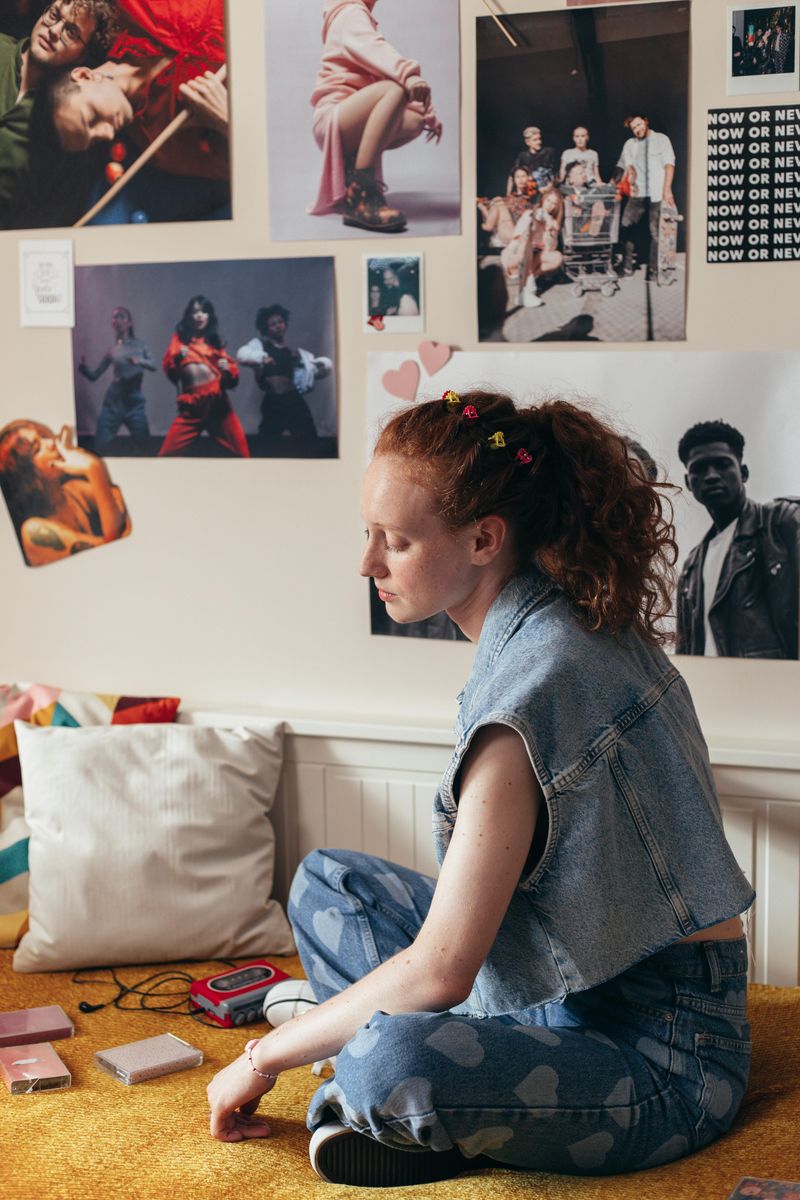
Your hair wasn’t properly styled unless it was sectioned into tiny, twisted knots secured by colorful plastic butterflies. These whimsical clips came in every imaginable color, often with glitter or metallic finishes that transformed heads into living butterfly gardens.
Middle school hallways sparkled with these plastic accessories, which were traded like currency among friends. The more clips you could fit on your head, the cooler you were—leading to some truly questionable hairstyles featuring dozens of tiny butterflies clinging to twisted sections.
While hair accessories have made various comebacks, butterfly clips remain firmly in the realm of childhood nostalgia rather than sophisticated style. The plastic construction and cartoonish shapes read juvenile compared to today’s more refined hair accessories, making them instantly recognizable as a ’90s relic.
5. Platform Flip-Flops
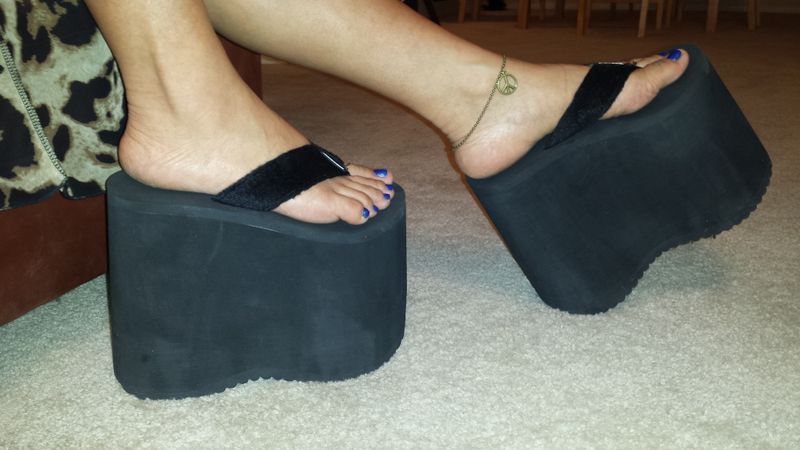
The Spice Girls weren’t the only ones defying gravity with their footwear—platform flip-flops gave every teenager dangerous height without the discomfort of actual heels. These foam monstrosities added 2-4 inches of height through thick, spongy platforms while maintaining the casual vibe of beach sandals.
Walking in them was an acquired skill. The unstable height combined with the minimal foot retention created a perfect recipe for twisted ankles and embarrassing falls. Still, we collectively decided this was a risk worth taking for the added stature and distinctive look.
Modern flip-flops have evolved toward ergonomic support and sustainable materials, making the platform versions look like orthopedic disasters in comparison. The impractical height combined with minimal support represents a fashion philosophy that prioritized appearance over function.
6. Overalls with One Strap Down
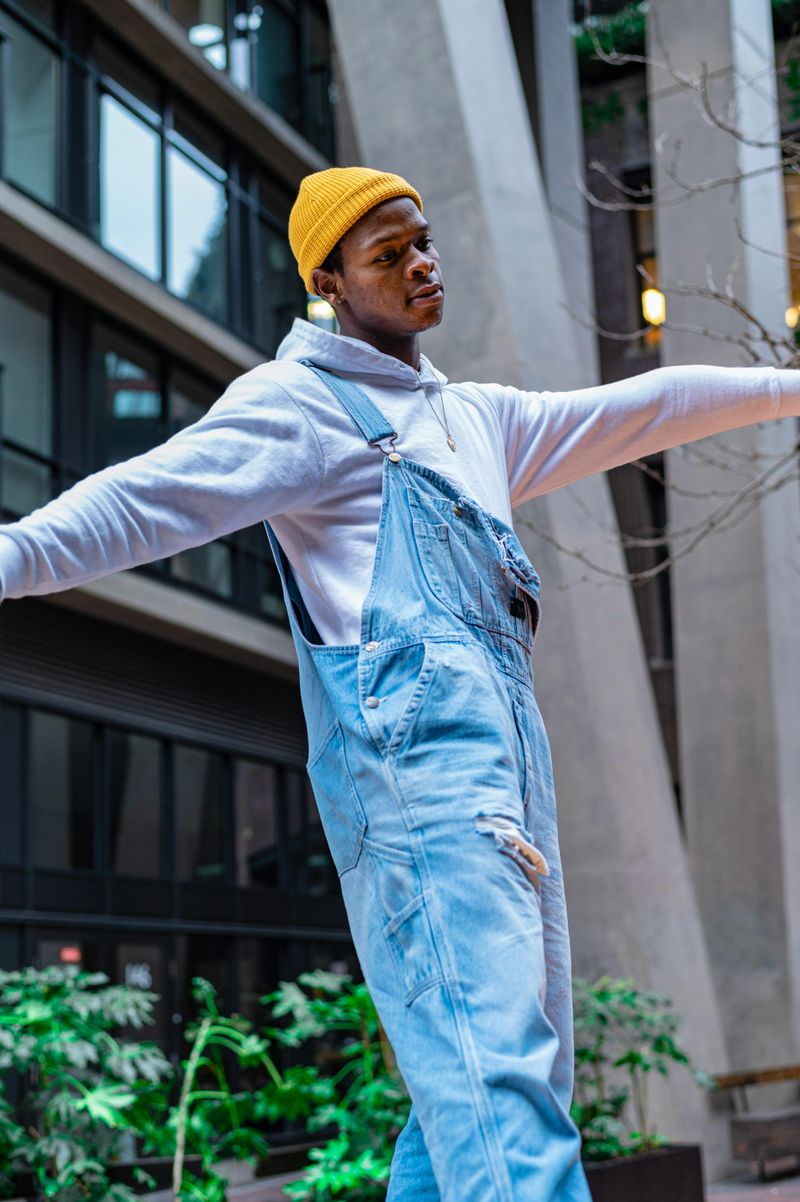
Nothing said “I’m casually rebellious” quite like deliberately leaving one strap of your overalls unbuckled. This calculated dishevelment became the uniform of hip-hop artists, boy band members, and anyone wanting to project an air of effortless cool.
The dangling strap served no practical purpose—in fact, it actively worked against the garment’s intended function. But practicality wasn’t the point; it was about creating a specific silhouette that somehow communicated both agricultural roots and urban edge simultaneously.
Fashion has cycled through numerous overall revivals since, but the asymmetrical unfastened look remains firmly in ’90s territory. Modern styling tends toward either fully fastened for a workwear aesthetic or completely reimagined cuts that bear little resemblance to the boxy denim versions that dominated the decade
7. Tiny Sunglasses with Colored Lenses
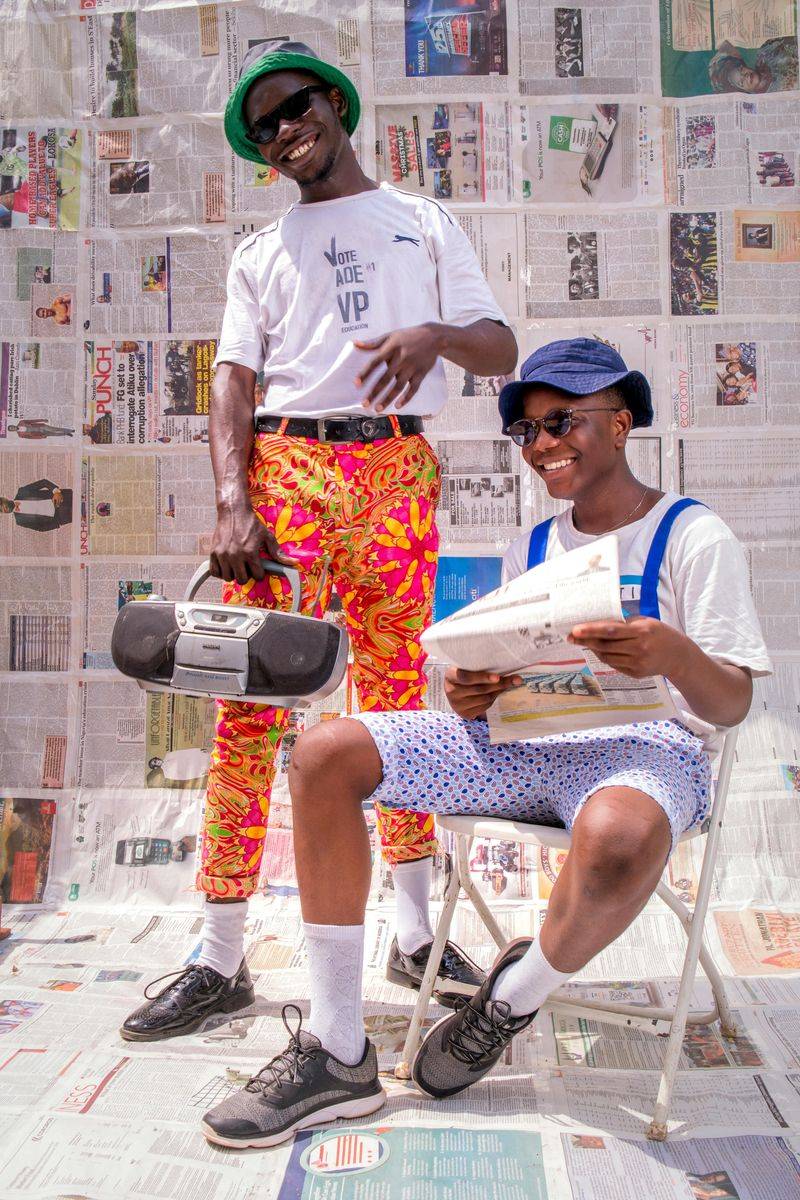
Matrix-inspired and utterly impractical, these diminutive shades prioritized aesthetic over sun protection. The tiny frames barely covered the eyes, while colored lenses in blues, reds, and yellows transformed the wearer’s view into a mood-filtered reality.
Celebrities like the Olsen twins and music videos from TLC helped popularize these microscopic accessories. Despite offering minimal UV protection and limited coverage, they were status symbols worn indoors and out, regardless of actual sunlight conditions.
While sunglasses trends continue to evolve, modern eyewear has generally expanded to provide actual functionality alongside style. Contemporary frames tend to offer proper coverage and protection, making the tiny ’90s versions look like costume accessories rather than legitimate eyewear—a triumph of form over function that hasn’t aged well.
8. Wallet Chains with Cargo Pants
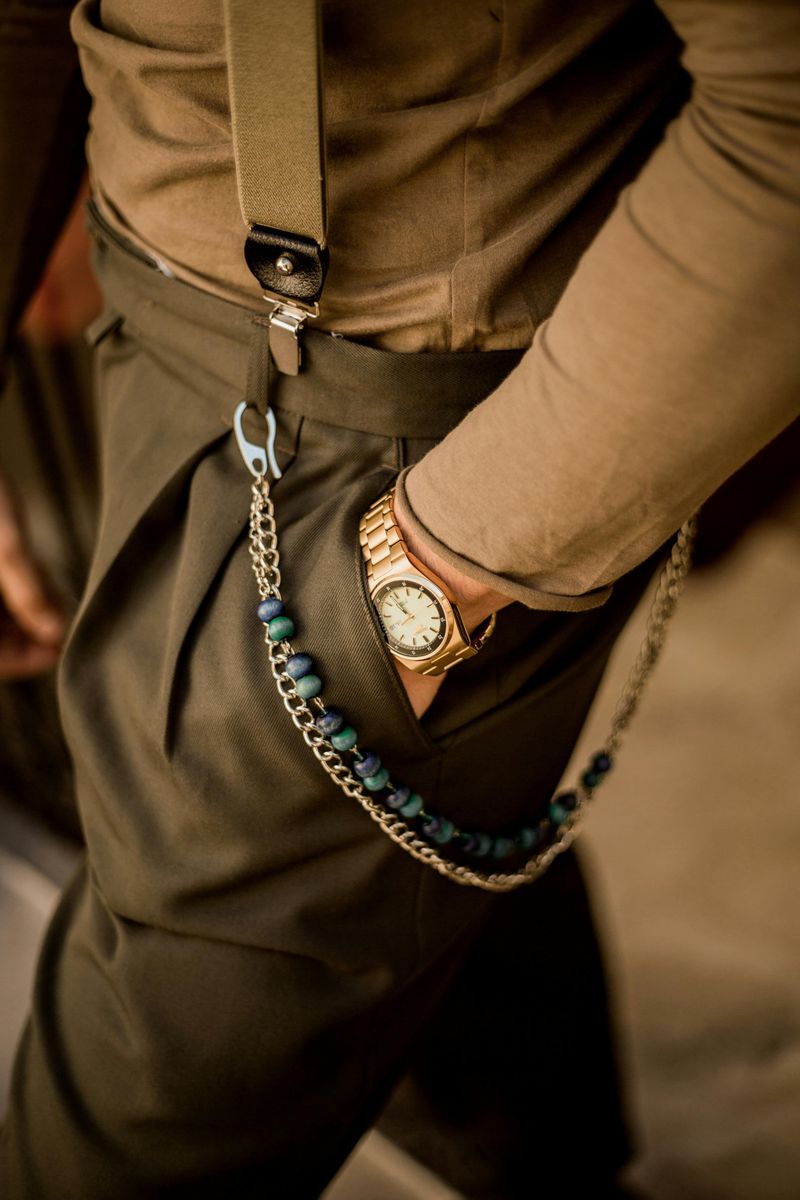
The ultimate ’90s mashup combined military-inspired utility with punk rock accessories for a look that screamed “I’m prepared for anything—especially a mosh pit.” Heavy metal chains connected oversized wallets to the belt loops of baggy cargo pants, creating a distinctive jangling soundtrack with every step.
The pockets-plus-chain combination was paradoxically redundant—why need a wallet security system when you had enough pocket storage for a small camping trip? Nonetheless, the aesthetic prevailed, with longer, heavier chains signaling deeper commitment to the look.
This hybrid style emerged from skate parks and alternative music scenes but eventually infiltrated suburban malls nationwide. Today, both cargo pants and chains have individually made various comebacks, but their combined power remains firmly archived in the ’90s, too visually loud for contemporary minimalist tendencies.
9. Bucket Hats
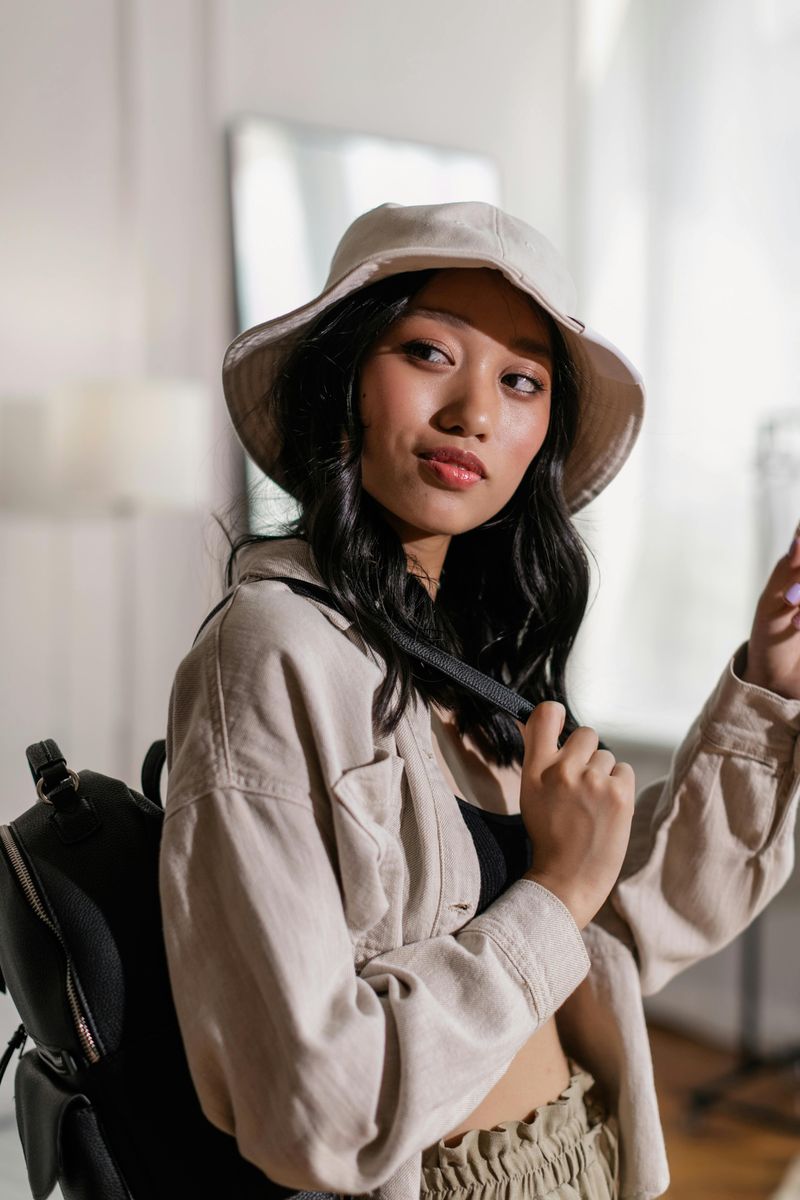
Before they protected fishermen or Gilligan from the sun, bucket hats became the headwear of choice for rappers, ravers, and regular kids alike. These floppy-brimmed cotton hats often featured bold patterns, sports logos, or designer emblems plastered across their ample canvas.
The hat’s shapeless nature was part of its appeal—you could fold it, crush it into a backpack, or wear it slightly askew for different effects. Brands like Kangol elevated the humble bucket hat to status symbol, while others came in neon colors perfect for standing out in a crowd.
While bucket hats have experienced periodic revivals, their associations with ’90s culture remain strong. Modern interpretations tend to be more structured or made from technical fabrics, distancing themselves from the floppy cotton versions that dominated the original trend.
10. Hyper-Logo Clothing

Subtlety wasn’t the ’90s strong suit, especially when it came to branded clothing. Massive logos from Tommy Hilfiger, FUBU, Fila, and Calvin Klein transformed wearers into walking billboards, with brand names emblazoned across chests, down sleeves, and around waistbands.
The bigger and more visible the logo, the better—bonus points if the entire garment consisted of repeated logo patterns. This trend wasn’t about the quality of the clothing but about the social status the recognizable branding conferred, creating instant tribal affiliations through fashion.
Contemporary fashion has largely moved away from such obvious branding toward more subtle signals of brand allegiance. While logo-mania has seen periodic revivals, the overwhelming head-to-toe branded looks of the ’90s now read as excessive and lacking the restraint valued in modern fashion.
11. Chokers
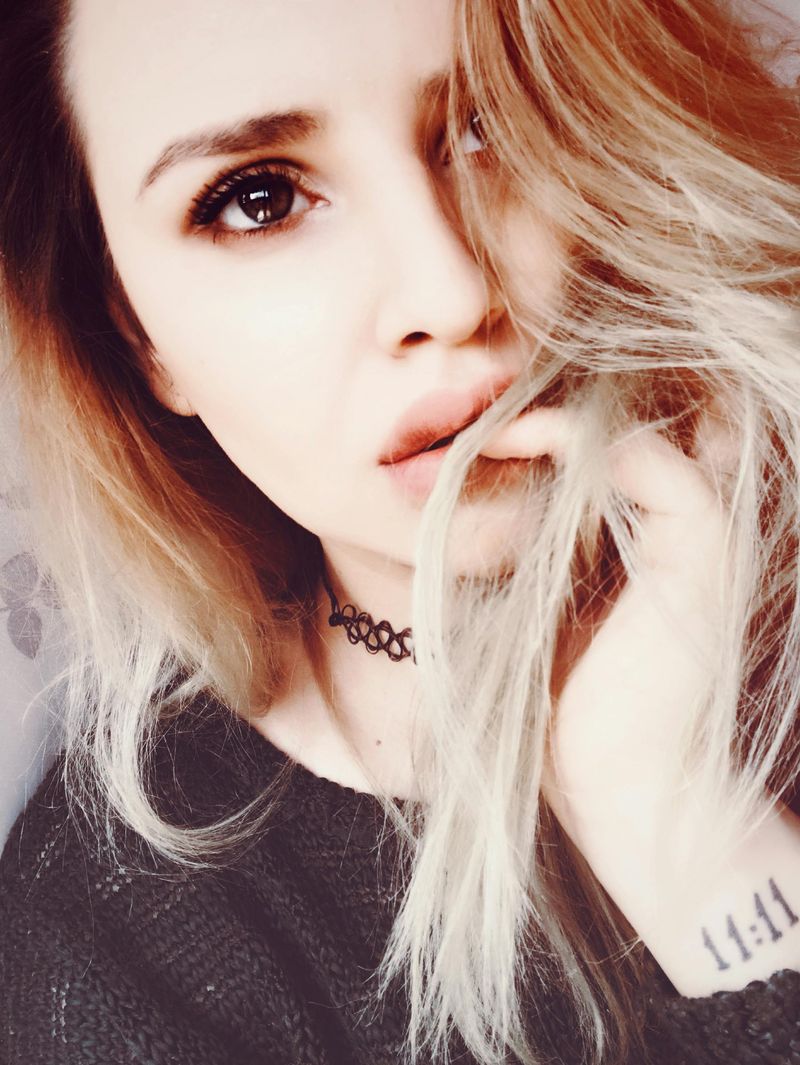
The neck accessory that dominated ’90s fashion ranged from stretchy plastic “tattoo” versions to velvet ribbons adorned with cameos or pendants. These tight-fitting necklaces created a distinctive look that complemented the decade’s baby tees and slip dresses perfectly.
Plastic tattoo chokers, with their distinctive tribal-inspired pattern, became so ubiquitous they were sold at mall kiosks, Claire’s outlets, and even from school backpacks as unofficial merchandise. The choker’s appeal crossed multiple subcultures, from grunge to preppy to goth, each putting their own spin on the trend.
While chokers briefly resurged in the 2010s, the plastic tattoo variety in particular remains distinctly associated with ’90s aesthetics. Modern necklace trends favor layering, varied lengths, and delicate chains over the stark, single-band look that defined the original trend.

Comments
Loading…